psoriasisIt is a chronic disease that affects the skin, sometimes affecting nails, joints and internal organs. It is manifested by the appearance of itching and pink rash-papules, which can merge into larger plaques. These pimples rise to the surface of the skin. They are covered with silver scales, which peel off easily when peeling.

Many times, the disease is combined with impotence, accelerated ejaculation, and Reiter syndrome. For widespread psoriasis, psoriatic arthritis may occur.
Risk factors
Causes of psoriasisNot yet fully determined. Risk factors for disease development include:
- Microbial factors-all kinds of fungi, mycoplasma;
- Neuropsychiatric trauma, stress;
- Endocrine diseases-diabetes, thyroid diseases;
- Chronic infection foci, especially streptococcus;
- Immunodeficiency state;
- Disorders of lipid and protein metabolism;
- Skin and joint injuries.
Psoriasis contagious?
Psoriasis is not contagious. Many researchers pay attention to the familial nature of psoriasis and recognize its genetic nature. In addition, what is inherited is not the disease itself, but the susceptibility to the disease.
If you notice similar symptoms, please consult your doctor. Do not self-medicate-it is harmful to your health!
Psoriasis symptoms
The first symptoms of psoriasis:The rash on the skin is a bright pink patch with a scaly surface. The plaques are single, higher than the level of healthy skin, located in the elbows and popliteal fossa.
More commonly, psoriatic plaques appear on the skin of the knees, elbows, chest, abdomen, back, and scalp, but as the disease progresses, they can appear on any other most unexpected skin area.

Initially, the papules are small-3-5 mm and are bright pink in color. They gradually increase in size, are covered by silver scales and merge into larger structures called plaques.
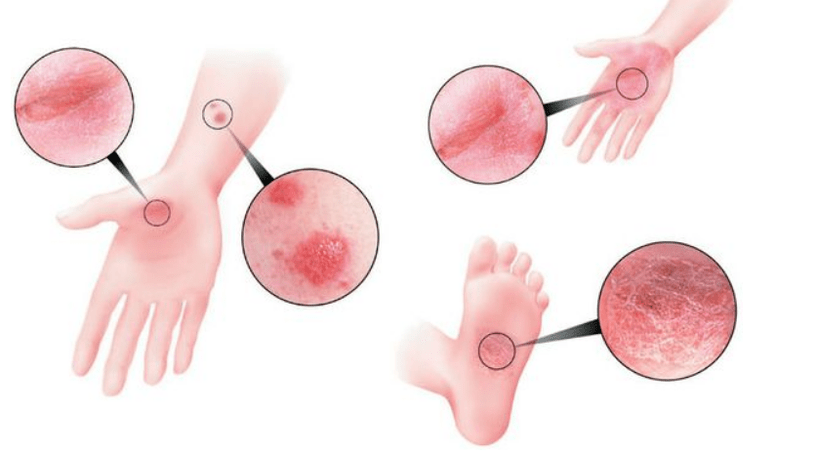
Usually, the fresh elements of the pimples are brightly colored until red, and the "old" pimples are more faded. In the initial stage of psoriasis, the edges of the pimples will not peel off. They represent a bloodshot boundary-Growing corolla. . .
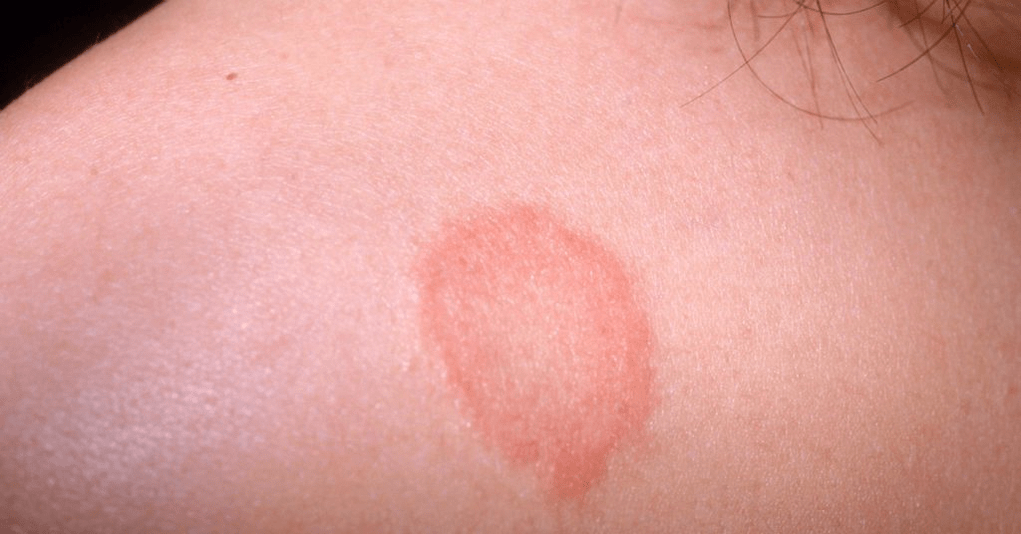
The hallmark of psoriasis is the Auspitz triad. This triad can be observed by scraping the surface of the pimples with a sharp object. It includes three phenomena:
- Stearic spot phenomenon-A large number of silver-white scales are layered, easy to separate when scratched;
- Psoriasis membrane symptoms-The oozing surface, made of a prickly layer, opens after peeling off the lower stratum corneum;
- Blood show-After the psoriasis membrane is separated, the surface capillaries are exposed in the form of small blood spots.
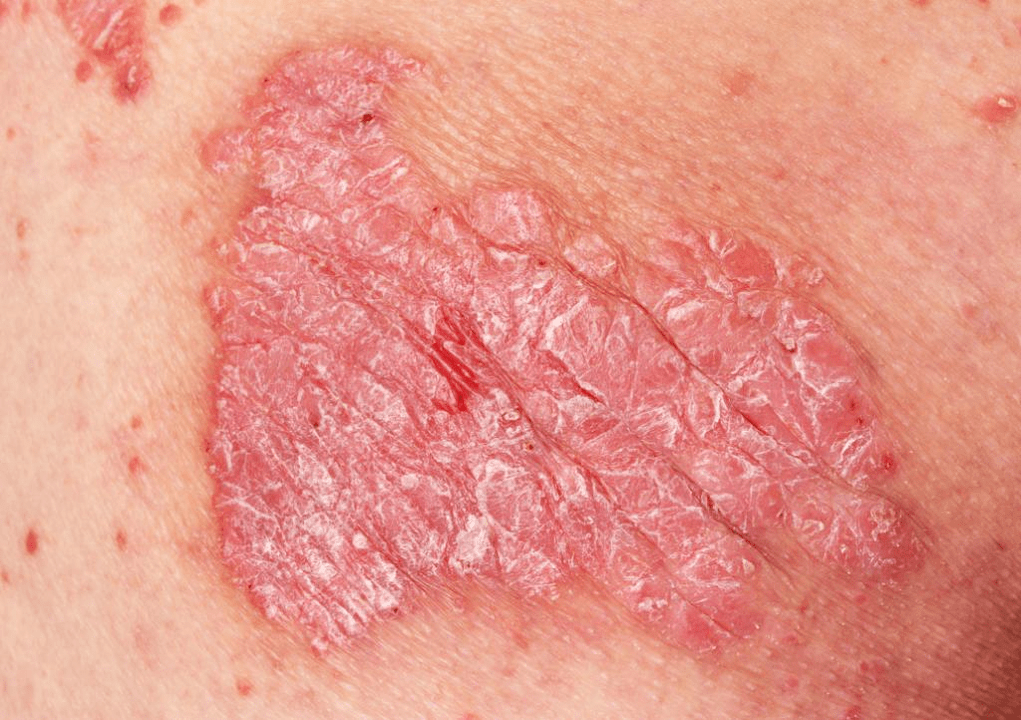
Signs of different types of psoriasis
Clinical types of psoriasis:
- Spot psoriasis-Represented by light pink weakly infiltrated spots. It is similar to poisonous skin disease.
- Irritant psoriasis-Occurs when the skin is exposed to aggressive environmental factors (sunlight, cold, heat) and irritating drugs. The color of the plaque becomes thicker, its size increases, and it rises more above the surface of the skin, forming a band in the form of red at the edges.
- Seborrheic psoriasis-It often occurs in patients with seborrhea. The clinical manifestations are very similar to seborrheic eczema.
- Exudative psoriasis- occur frequently. It occurs due to the excessive secretion of inflammatory fluid-exudate. It impregnates the accumulation of scales, turning them into scale shells.
- Palm and plantar psoriasis-It manifests as common plaques and papules, or the formation of hyperkeratosis, similar to calluses and calluses.
- Follicular psoriasis-A rare disease. The rash consists of white miliary nodules with a funnel-shaped depression in the center.
- Mucosal psoriasis-A rare disease. It occurs on the mucous membranes of the mouth and bladder. It appears as an off-white area with a red border.

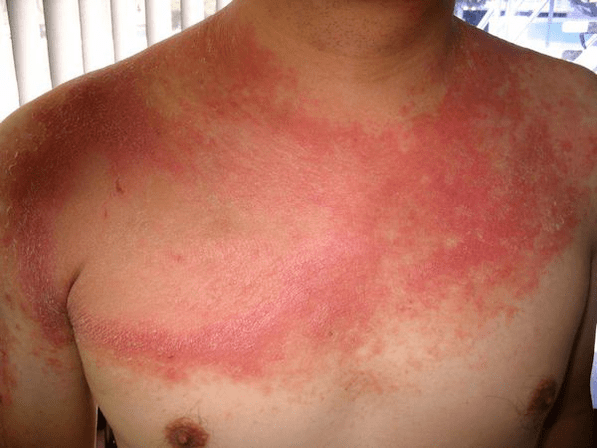
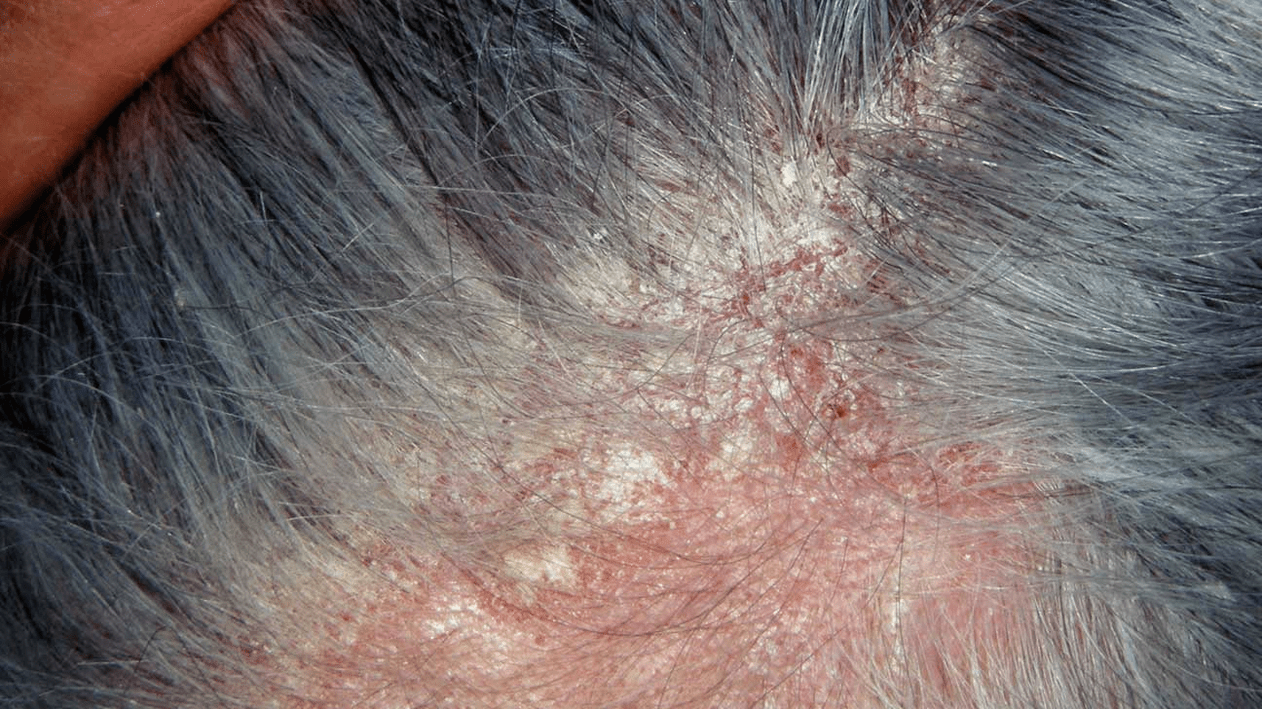
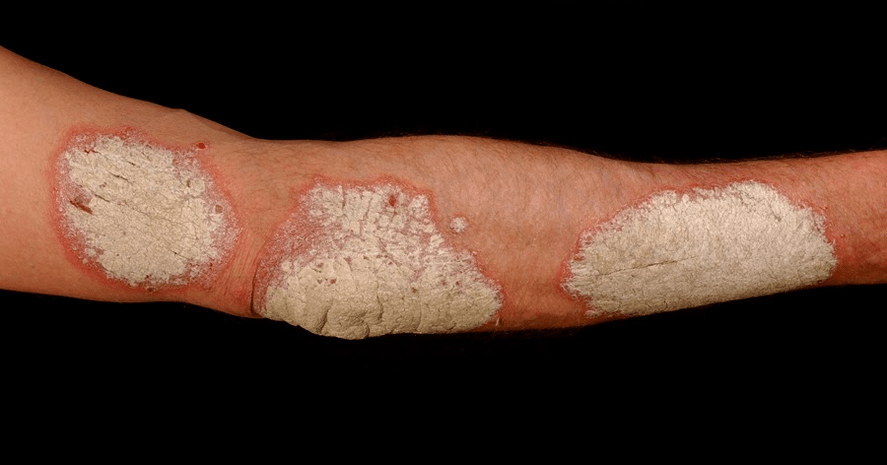


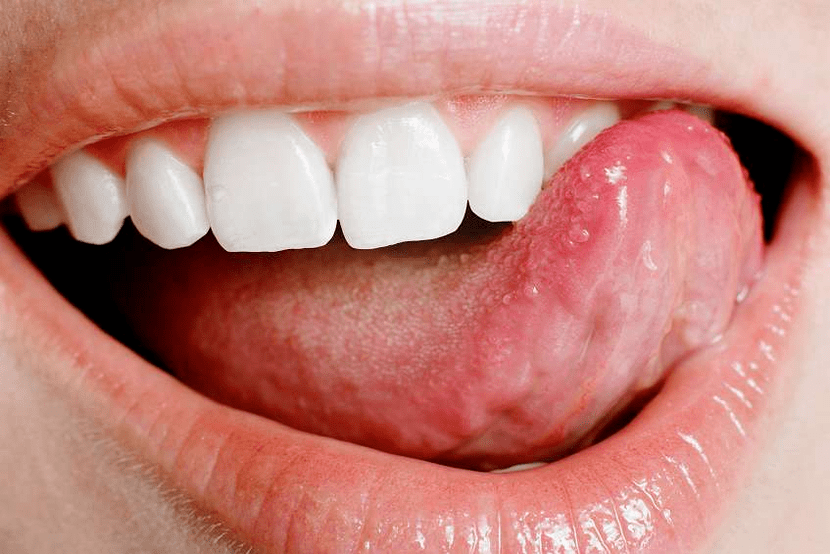
Frequency of psoriasis manifestations
Periodic deterioration is characteristic of psoriasis. In most cases, they occur in autumn and spring.
Pathogenesis of psoriasis
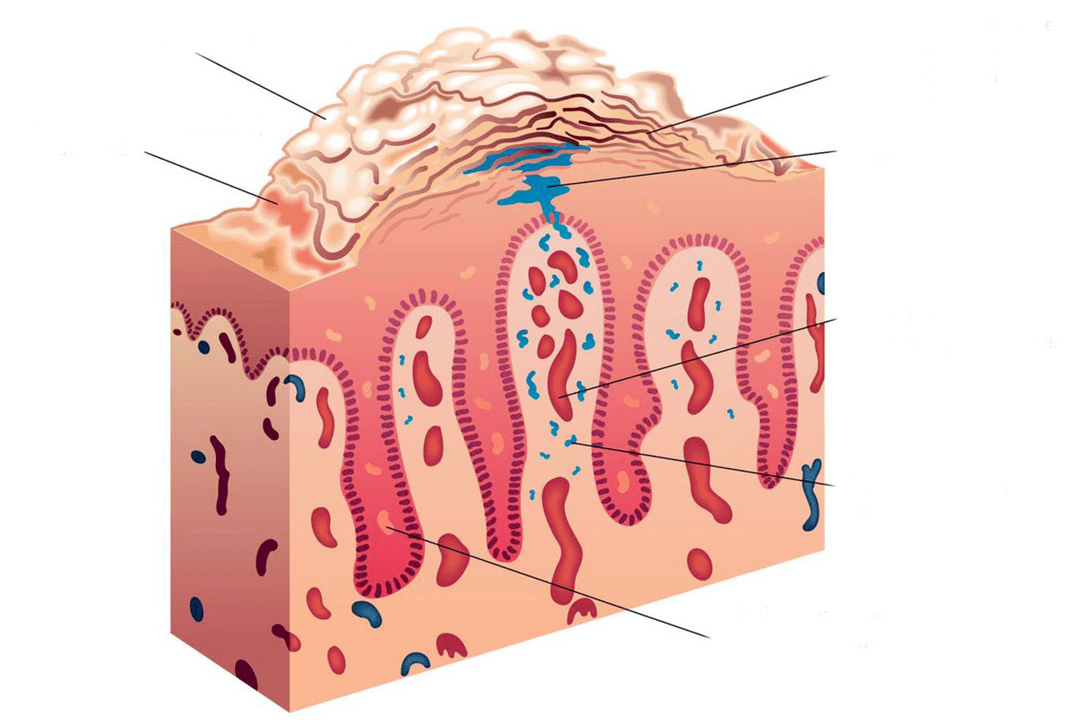
Skin disease is an inflammatory process related to the work of immune T cells. Due to this inflammation, the proliferation of keratinocytes (the main cells of the epidermis) accelerates.
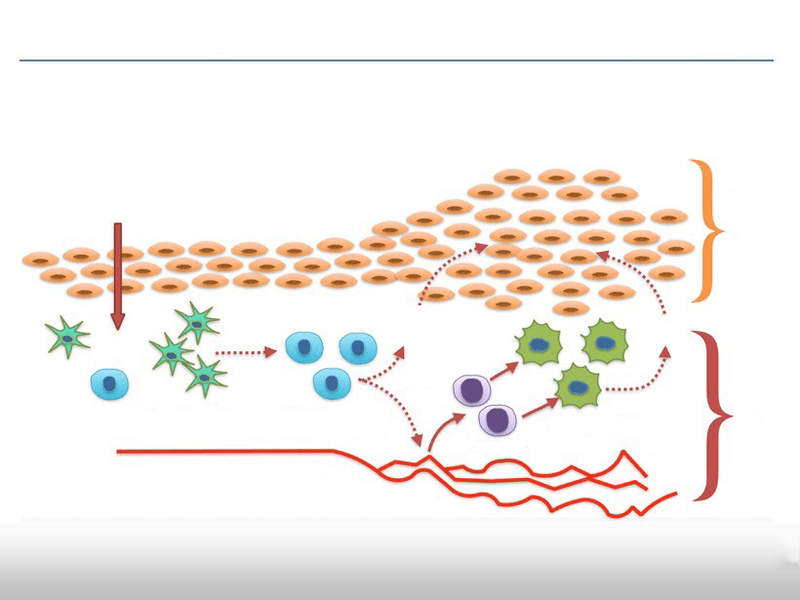
Psoriasis is a skin disease, a chronic inflammatory disease. It is carried out with the participation of microbial pathogens that can bind to the surface of the skin.
According to the principle of RTCDF, under the influence of pathogens, everything that occurs on the skin is a typical inflammatory reaction:
- Redness-redness;
- Tumors-nodules, edema;
- Calories-fever, fever;
- Dolor-pain;
- Functia laesa-dysfunction.
Redness and thickening of the skin at the affected area, itching, increased keratinization, and subsequent formation of scales-all these are manifestations of the inflammatory process, the body's protective response is aimed at fighting microbial pathogens. Without timely external help, the body will often be defeated.
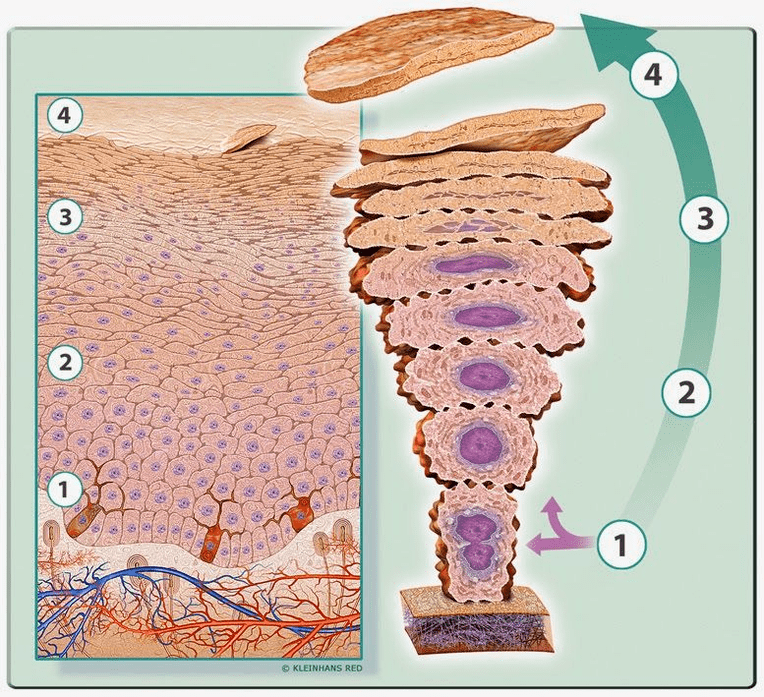
Some scientists insist on theories that violate the genetic predisposition of the cell division process. Due to this destruction, cell death and keratinization increase, and then they grow and a large number of incompletely keratinized epithelial cells appear. But this theory is not at all contradictory to the aforementioned microorganisms.
Classification and development stages of psoriasis
There is no recognized classification of psoriasis.
in traditionThere are four types of the disease:
- Ordinary psoriasis-seborrheic, follicular, verrucous, exudative, bullous, palm and plantar psoriasis, mucosal psoriasis;
- Pustular psoriasis;
- Psoriasis erythroderma;
- Psoriatic arthritis.
According to ICD-10, there are:
- L40. 0 Psoriasis vulgaris (coin and plaque psoriasis);
- L40. 1 Systemic pustular psoriasis (herpetic impetigo, Tsumbusch disease);
- L40. 2 Persistent acrodermatitis;
- L40. 3 Palmoplantar pustulosis;
- L40. 4 teardrops of psoriasis;
- L40. 5 Joint disease psoriasis;
- L40. 8 Other psoriasis;
- L40. 9 Psoriasis, unspecified
Complications of psoriasis
Without timely and effective treatment, psoriasis begins to have a negative impact on vital organs and systems: joints, heart, kidneys and nervous system. These conditions can lead to disability and even death.
What is psoriatic arthritis
Psoriatic arthritis is the most serious form of psoriasis because it often causes disability.
Doctors face this complication most often. It occurs due to inflammatory changes in the joints.
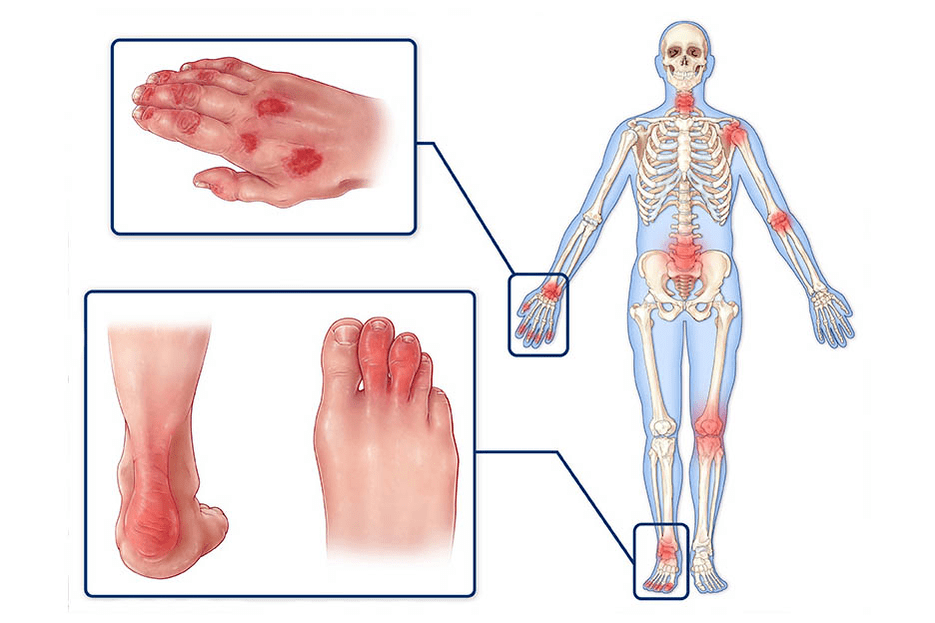
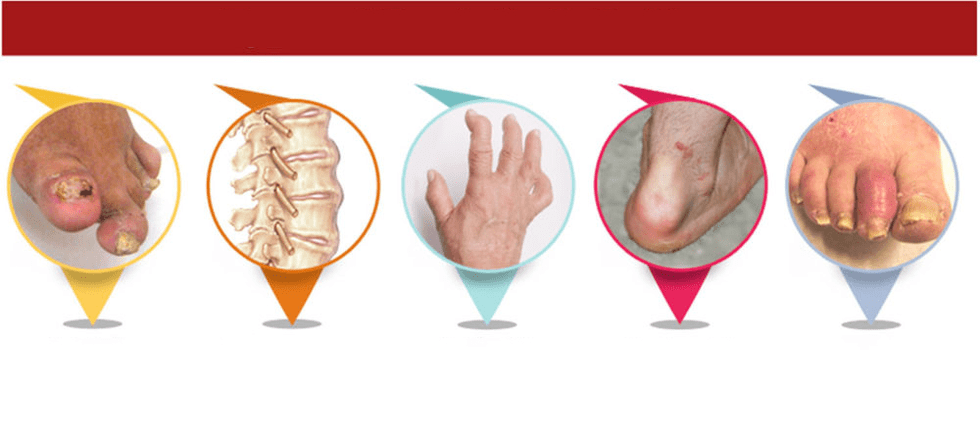
The joints of the hands, wrists, feet, and knees are most affected. Over time, the disease will spread to the hip, shoulder and spine joints. As it progresses further, the muscles near the affected joints begin to ache. The patient complains of stiffness in exercise, especially in the morning. Their body temperature usually rises throughout the day.
The clinical manifestations of psoriatic arthritis develop in the same way as ordinary arthritis: first pain, then swelling, stiffness, and restricted mobility. A typical symptom of this complication is sausage fingers. It appears due to the failure of all the surfaces between the fingers.
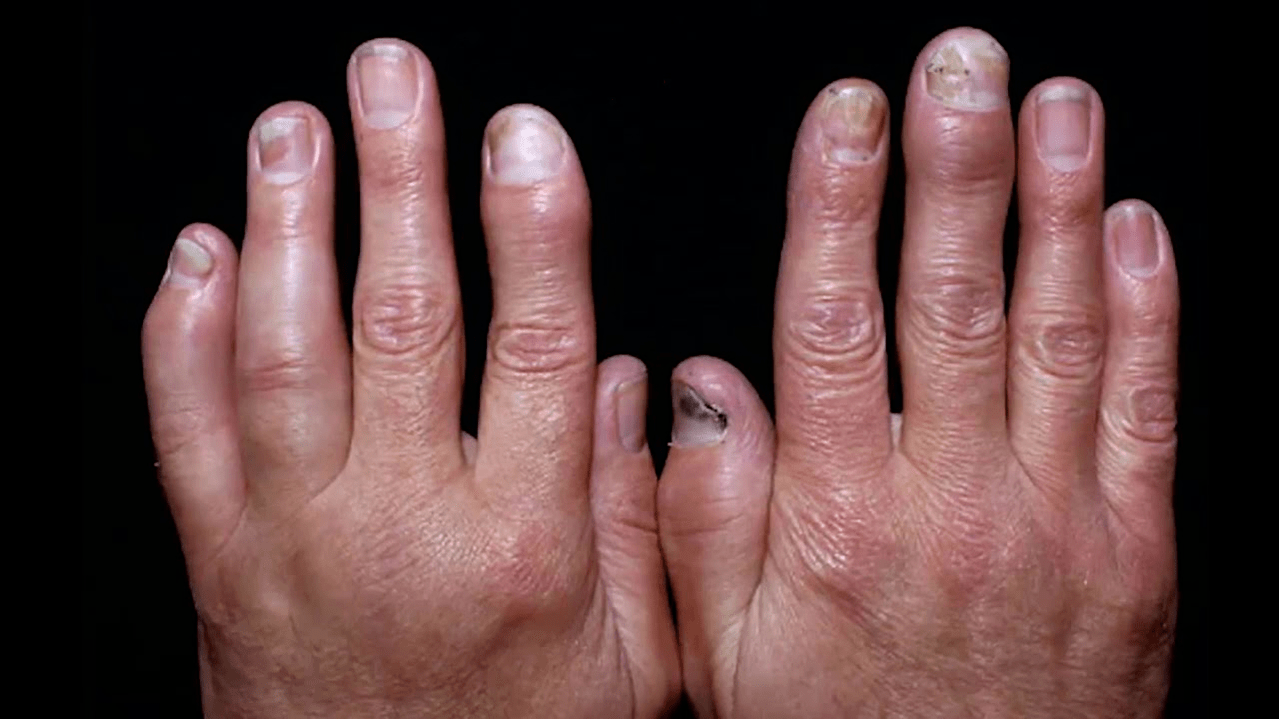
Other complications of psoriasis
Less commonPsoriasis erythroderma. . .This happens when the skin is completely affected. Patients are concerned about itching and burning, mass peeling of dead tissue, and strong skin reactions to temperature changes.
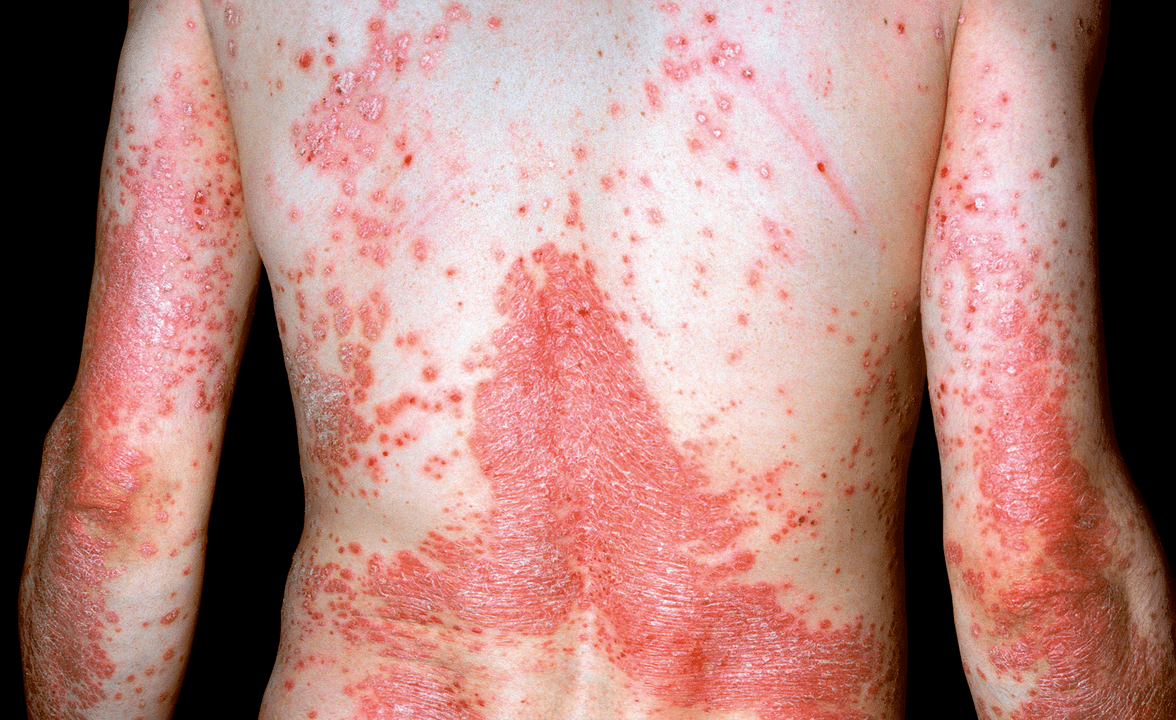
The next most common situation isPustular psoriasis. . .This complication is related to the increase in secondary infections-Staphylococcus and Streptococcus. Clinically, pustular psoriasis is accompanied by the appearance of pustules-pustules the size of buckwheat grains. Pustules appear in different places. They rise from the surface of the skin and are characterized by rapid growth and a tendency to merge. The existing symptoms are accompanied by signs of high fever and severe poisoning.
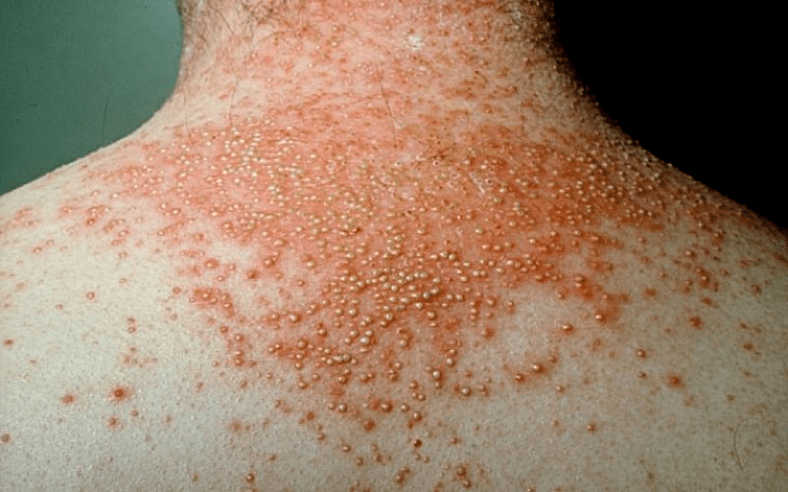
Visceral lesionsPatients with psoriasis are now extremely rare. Generally, people who live a non-social lifestyle are easily affected. The genitourinary system is more commonly affected: the kidneys, bladder mucosa and urethra. This leads to the development of pyelonephritis, glomerulonephritis, cystitis and urethritis.
On the heart side, psoriasis can cause mitral valve damage, inflammation of the myocardium, and adventitia-myocarditis and pericarditis. Due to damage to the nervous system, patients will complain of a peristaltic sensation, increased irritability or depression, persistent fatigue, lethargy, and apathy.
Diagnosis of psoriasis
When to see the doctor
It is necessary to consult a doctor at the first symptoms of psoriasis: bright pink patches with flaky surfaces appear on the skin.
Ready to see a doctor
You should stop applying ointment to your skin three days before your visit. No other special training is required.
Psoriasis is a recognizable disease, and diagnosis based on external signs is not difficult. Usually, the patient can be diagnosed, as they say, "out of the box". If necessary, the doctor will scratch the surface of the skin to detect the Auspitz triad.
Medical science candidate OV Terletskiy and co-authors proposed a diagnostic protocol developed based on data from the American Association of Rheumatology. It includes the following checks:
- Complete blood count (including platelets);
- General urinalysis;
- Blood chemistry
- Acute phase reactions of the body-C-reactive protein and rheumatoid factor;
- Immunoglobulin-IgA, IgG, IgM, IgE)
- The reaction of complement to the binding of Neisseria gonorrhoeae and Chlamydia antigens;
- Wright and Heddelson react;
- Coagulation chart-to assess blood clotting;
- Blood tests for borreliosis and toxoplasmosis (according to indications);
- HLA blood test.
However, under the guise of psoriasis, there are many diseases. In this regard, it is necessary to carry outDifferential diagnosis, Especially papular syphilis, Wright’s syndrome, neurodermatitis, rosacea, systemic lupus erythematosus and seborrheic eczema. To do this, use:
- Biopsy-a piece of skin is pinched off, followed by histological examination;
- Laboratory diagnosis-usually used to distinguish psoriasis from papular syphilis;
- Blood tests for other hidden infections in order to better choose antibiotics.
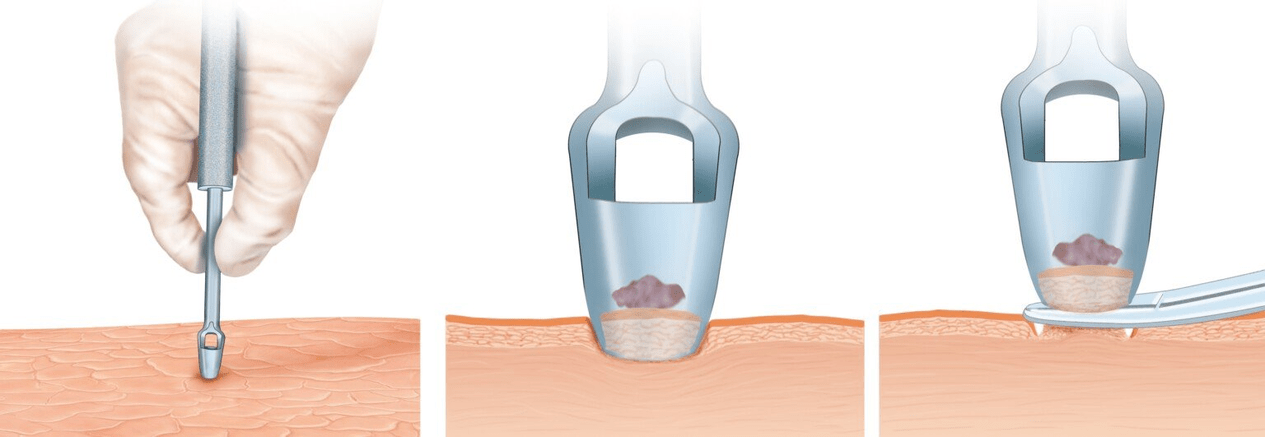
Instrument diagnosis methodMainly used for complex forms of psoriasis related to joint and internal organ damage. These include: X-rays of the joints, ultrasounds of the heart, kidneys and bladder.
Psoriasis treatment
Is there an effective treatment for psoriasis
Although psoriasis is a disease that continues to recur, as long as you consult a dermatologist in time, they can determine the real cause of psoriasis and it can be completely eliminated. In the past ten years, many systemic and local drugs have appeared, aiming to eliminate the cause of disease and inhibit the mechanism of disease development. Drugs that interact with chemical signals (cytokines) have proven to be very effective. They eliminate the increase in skin creatine cell proliferation.
Phototherapy
In 1994, the team of the MAPO SPb Department of Dermatology and Venereology introduced a method of using psoriasis to treat psoriasis.UFO's blood-Light modification of blood with ultraviolet light.
Since ancient times, people have known that sunlight can have a beneficial effect on the skin of many diseases including psoriasis. At the beginning of the twentieth century, a group of German scientists proposed that because ultraviolet light has a healing effect on exposed skin, this effect is likely to occur when ultraviolet light is irradiated to the blood. After all, this is also a fabric. The first blood UV exposure conference held in Germany in 1924 confirmed this hypothesis.
The therapeutic effect of ultraviolet light on blood is related to the deep structural changes at the molecular atomic level, which are captured by the immunologically active organs-liver, spleen, bone marrow and lymphatic tissue. These changes are seen by organs as alarm signals, so they produce dozens of times more immune complexes. In this case, ultraviolet light is a kind of "whip" that can force the body to greatly improve its defenses against diseases.
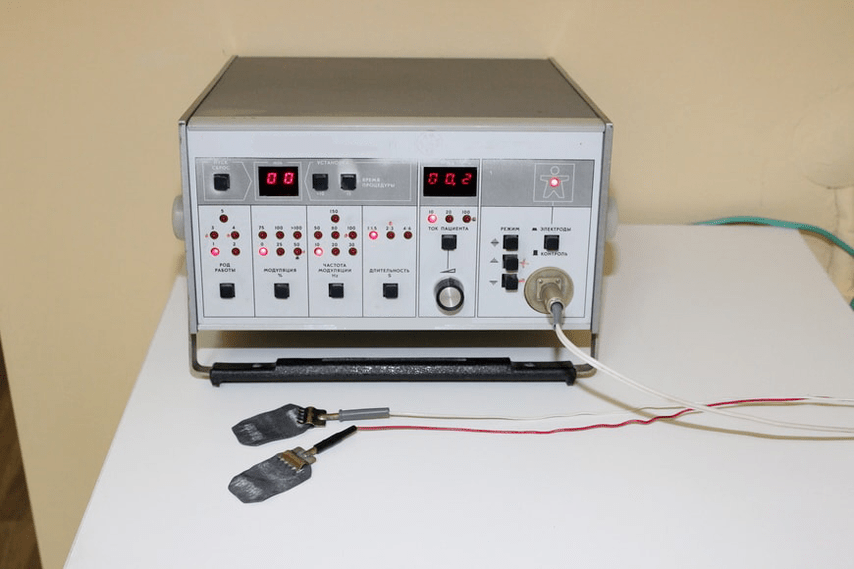
Also worth noting is the PT effect——Peeling UV Therapy. . . In view of the chronic nature of psoriasis, this treatment is very important and is related to many complications of internal organs caused by a variety of microbial pathogens. The longer the microorganisms are in the body, the wider their habitat will be. These microscopic organisms capture more and more anatomical areas through the blood and lymph flow. Once in the tissue, they will penetrate as deeply as possible into the intercellular spaces. They form microcolonies there, protected by dead, damaged cells and leukocyte axis. Therefore, microorganisms may not be available for many years within the scope of antibiotics. They can easily make up for the lack of nutrition by entering a state of suspended animation-something between life and death.
The ability of ultraviolet light helps destroy the "sanctuary" of microorganisms. They create favorable conditions for the penetration of antibiotics and other drugs that affect the cause of psoriasis.
Skin applications of ultraviolet radiation are also relevant. The most famous treatment using this principle isPUVA therapy. . . Although it is not as effective as blood UV exposure. The treatment effect lasts for a short time, and it may relapse two weeks after the treatment ends.
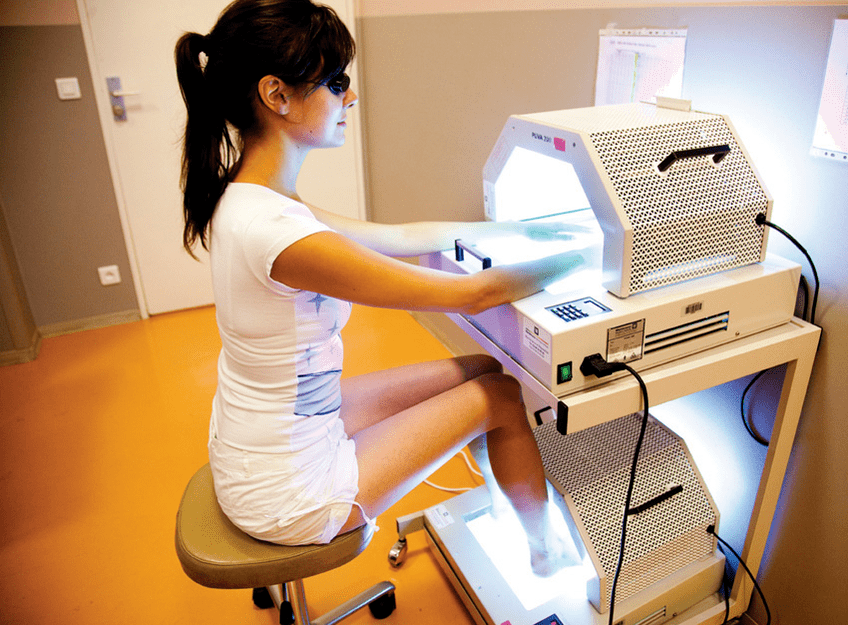
medical treatement
From the drug point of view, the following aspects are effective:
- Derivatives of vitamin A can reduce the maturation rate of keratinocytes and normalize cell differentiation;
- An immunosuppressant that reduces the activity of T lymphocytes, which helps increase the division of epidermal cells;
- It is used to treat malignant tumors that inhibit the proliferation and growth of atypical skin cells.
What ointments and ointments can effectively treat psoriasis
Ointments and creams containing anti-inflammatory ingredients will help relieve the patient's condition.
How to treat scalp psoriasis
The ointment is not effective for the treatment of scalp psoriasis. In addition to medication and UV treatment, special shampoos can also be used.
How to treat psoriasis on the elbows and arms
The treatment for psoriasis on the elbow and arms is the same as the treatment for other parts of the body. The course of psoriasis in this area is characterized by physical, mechanical and chemical effects on the skin of the hands, which are considered to be aggravating factors in the course of the disease.
Are monoclonal antibodies effective in treating psoriasis?
Monoclonal antibody therapy for psoriasis is very effective. Monoclonal antibody drugs are antibodies produced in the laboratory, similar to antibodies produced by human immune cells. Monoclonal antibodies selectively target targets that lead to disease development.
How to recognize and treat psoriasis in children
In children, the development of psoriasis is often more severe and is disguised as other diseases (eczema, erysipelas, herpes), which complicates the diagnosis. Treatment methods are similar to adults: phototherapy, drug therapy, and topical therapy.
What bath is good for psoriasis
Aloe vera bath can help reduce inflammation and itching.
How to treat psoriasis according to Pegano
Pegano's methods of treating psoriasis include bowel cleansing, diet, and herbal teas. The effectiveness of this method has not been confirmed by clinical studies.
The role of nutrition in treatment
Nutrition has a great influence on the course of psoriasis. Exclude alcohol, salty, spicy, pickled, nuts, citrus fruits, honey, chocolate, and bacon during treatment.
Which nursing homes can treat psoriasis
For psoriasis, it is best to have spa treatments at sea in a warm, dry and sunny area. The most suitable for this are the resorts in Crimea.
Folklore
Some folk remedies can help relieve itching and peeling of the skin in patients with mild to moderate psoriasis. These methods include:
- Cream containing aloe vera extract;
- Use a coated bandage to apply fish oil to the skin for 6 hours a day for 4 weeks;
- Cream and Oregon grape extract.
forecast. prevention
Psoriasis is not a sentence. If the patient seeks qualified help from experts who can determine the true cause of the disease and prescribe effective treatments in time, the disease will be defeated.
The simple form of psoriasis only manifests as skin defects. Therefore, patients do not need special working conditions. Except working in a chemical plant: in this case, staying in the workplace must be excluded.
It is worth remembering that psoriasis can cause complications. In most cases, psoriatic arthritis will develop. Its serious form will limit the performance of duties at work and cause total disability in the future.
The prevention of psoriasis is an integral part of treatment measures to eliminate one of the most serious skin diseases. After recovery, patients need to completely change their lifestyles, get rid of bad habits, pay attention to the treatment of chronic diseases of other organs, adjust nutrition, and daily activities include outdoor walking and exercise.
Will they suffer from psoriasis in the military?
The severe form of psoriasis is a good reason to declare that conscription is not suitable for military service, and the light form-with limited suitability.























